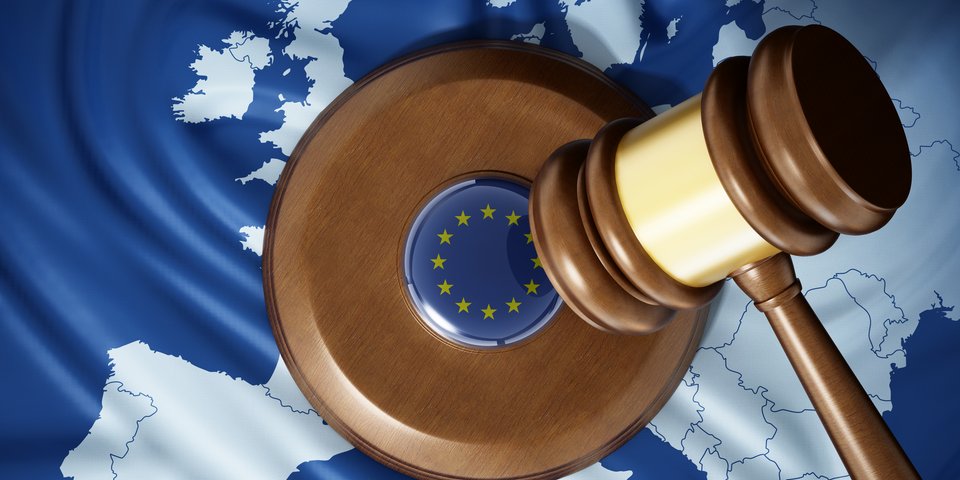 iStockphoto/adventtr
iStockphoto/adventtrNew EU insolvency framework underway
Growth potential to be unlocked.
TH – 04/2019
Parliament and Council reach agreement
On
19 December 2018, negotiators from the European Parliament and the Council
agreed on common EU standards for more efficient insolvency procedures. This
was preceded by consensus between the EU Justice Ministers in October 2018 regarding
the Commission proposal for a Directive of the European Parliament and of the Council on preventive
restructuring frameworks, second chance and measures to increase the efficiency
of restructuring, insolvency and discharge procedures and amending Directive
2012/30/EU. We reported on the proposal and the position taken by the umbrella
associations of Germany’s social insurance system in our articles of May 2018 and June 2018.
Legal certainty for investors and companies operating across the EU
The
Commission’s proposed legislation was prompted by significant differences in
insolvency and restructuring frameworks between Member States. The different
jurisdictions have resulted in excessive costs and significant obstacles to
cross-border investment in the EU single market. Companies operating in several
EU countries or in supply chains have been particularly affected. In the EU,
200,000 companies go bankrupt every year, resulting in 1.7 million job losses.
Therefore, the EU Commission has proposed three key elements in its Directive:
· minimum standards for
preventive restructuring procedures which help companies to continue operating
and to save jobs,
· rules for granting a second
chance to bona fide over-indebted entrepreneurs with full discharge of their
debts following a period of no more than three years,
· and targeted measures for
Member States to increase the efficiency of insolvency, restructuring and
discharge procedures in order to reduce long and costly proceedings.
Second chance
Although
timely restructuring of companies should avoid insolvencies and the resulting
dismissal of employees, honest entrepreneurs who do go bankrupt should be given
a second chance to create a new company following the insolvency. The resulting
legal certainty is intended to stimulate growth and employment in EU Member
States, remove obstacles to the development of capital markets, and cushion
economic shocks. The Directive is integrated into the action plan to create a Capital Markets Union and the Single Market
Strategy.
The
proposed Directive does not, in principle, impose any further obligations on
Member States in terms of consumer insolvency. However, the Commission strongly
recommends that the Member States apply the same discharge principles for
businesses to all consumers.
One
special group mentioned concerns ‘natural persons who are entrepreneurs’
(referring mainly to micro and small entrepreneurs). This group will benefit
from the discharge of debt period of maximum three years for their private
debts, with Member States being able to adopt a derogation whereby business and
private debts are dealt with in separate procedures, but only to the extent
that these discharge procedures can be coordinated in accordance with the
Directive. It will become more difficult to make claims against this category
of persons as a result of the good conduct period being reduced.
What still needs to be done?
In
its plenary vote on 28 March 2019, Parliament passed an adopted text on the
proposal for a Directive; however, the Commission’s proposal as amended
represents Parliament’s position at first reading and is therefore included in
its legislative resolution.
Parliament’s
position is in line with the agreement previously reached between the
institutions. The Council will thus be able to approve Parliament’s position.
The legislative act would then be adopted in the form of Parliament’s position.
Once adopted, it will supplement the 2015 insolvency Regulation.
The
Directive will enter into force 20 days after its publication in the Official
Journal of the EU. The functioning of the Directive will then be reviewed five
years after its entry into force and every seven years thereafter.
The
adopted text can be read here.
